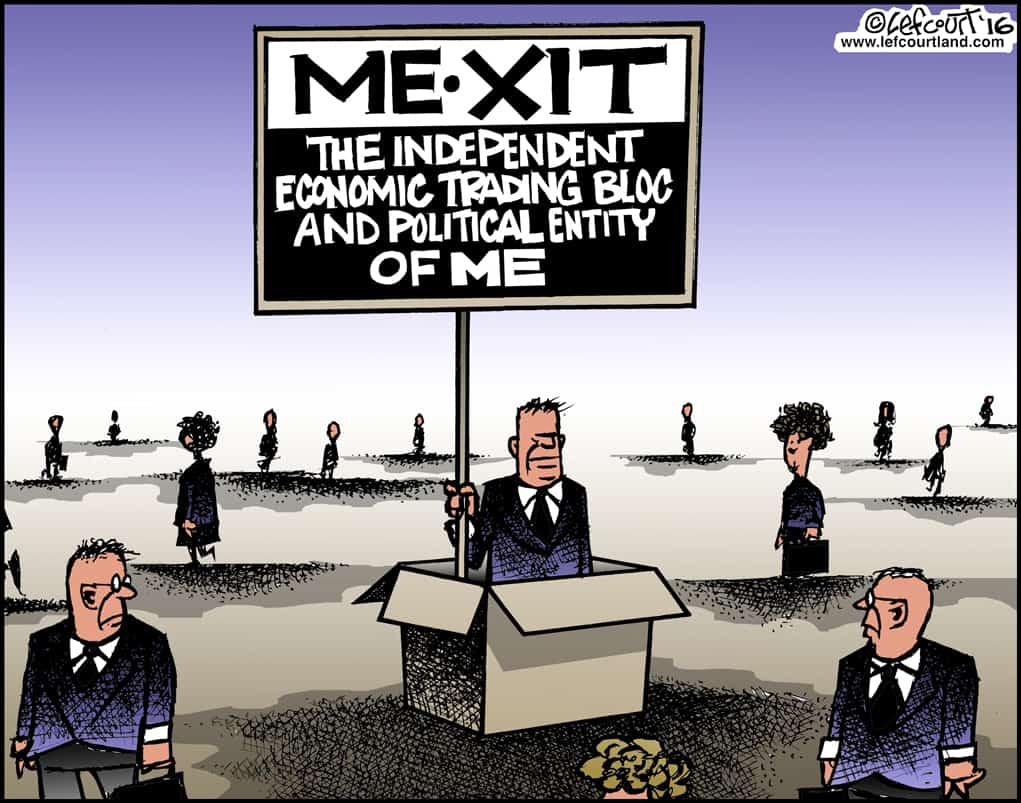;
;
;
Next Article
Lefcourtland – July 7, 2016

The summer heat wave is alive and well after being on hiatus for a couple of years. Temperatures on the plus side of 30 degrees are again common, though the current spell is supposed to cool off by the weekend. Though it feels like summer, the heat comes at a price. The recent drought has […]
Last updated on May 04, 23
Posted on Jul 07, 16
2 min read
